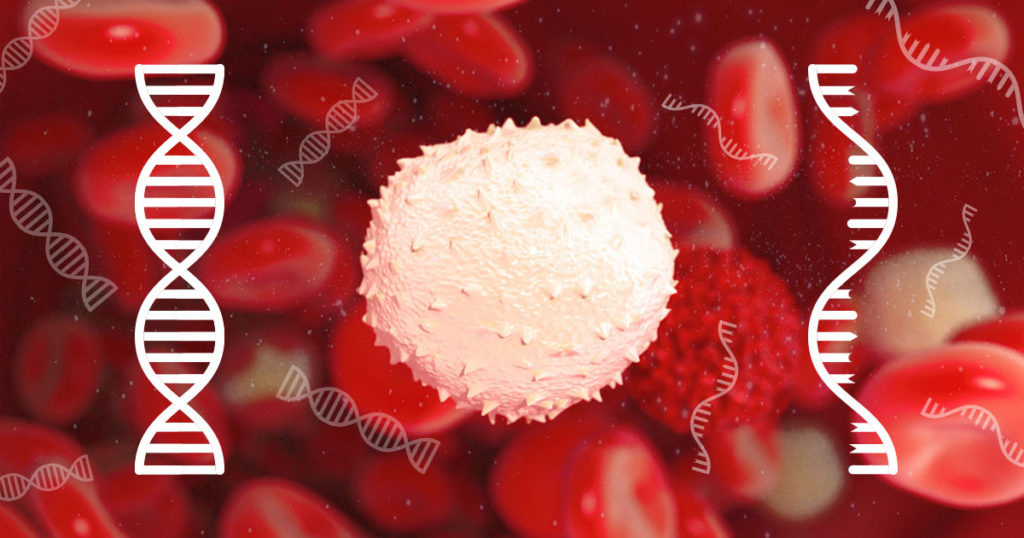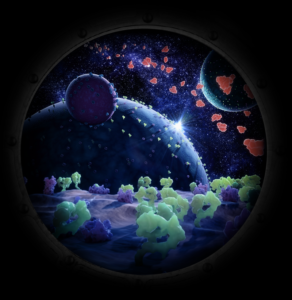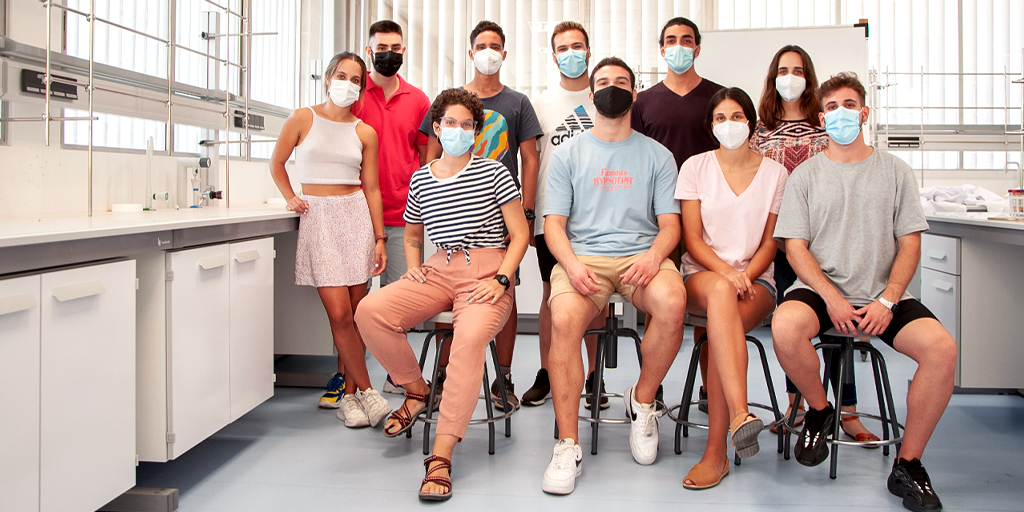This blog was written by guest writers Paraj Mandrekar (Technical Services Scientist 3) and Michelle Mandrekar, (Research Scientist 4).
Here are some designer’s notes comparing the Maxwell® RSC Blood DNA and the Maxwell® RSC simplyRNA kit chemistries for nucleic acid extraction.
The Maxwell RSC Blood DNA Kit and Maxwell RSC simplyRNA Blood Kit were both developed from the same non-silica-based purification chemistry and use the same underlying paramagnetic particle. This chemistry is characterized by an extreme binding capacity (the capacity of nucleic acid that can be bound on the particle), leading to both chemistries being capable of isolating large amounts of nucleic acid volumes and then eluting into relatively small volumes (50 µL). It is not unusual with either chemistry to have isolates that exceed 100 ng/µL. Although the chemistries have several similarities, there are some important distinctions between how the two chemistries were designed that influence which kit you choose for your nucleic acid extraction.











